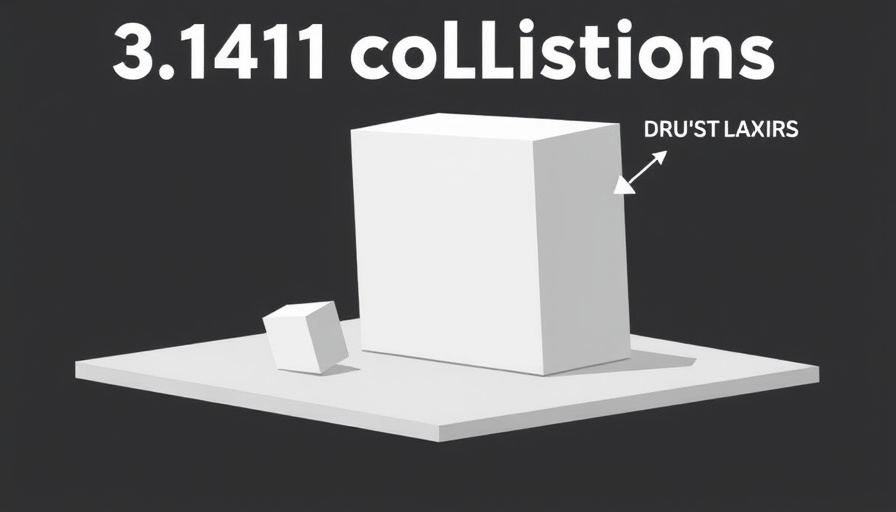
Unlocking Memory: The Power of Mnemonics for Everyday Learning
In today's fast-paced world, where information bombards us at every turn, effective learning techniques are more essential than ever. The video titled 'Mnemonics' explores simple yet powerful memory aids that can help anyone, from students to professionals, remember complex information and enhance their cognitive function. As we unravel the intricacies of mnemonics, we discover their practicality and effectiveness in our daily lives.
In 'Mnemonics', the discussion dives into effective memory techniques that enhance learning, exploring key insights that sparked deeper analysis on our end.
What Are Mnemonics and How Do They Work?
Mnemonics are memory techniques that assist in encoding and retrieving information. They utilize patterns, rhymes, or associations that make recalling information much easier. For instance, the classic mnemonic for recalling the order of operations in mathematics is the familiar phrase “Please Excuse My Dear Aunt Sally,” which helps students remember Parentheses, Exponents, Multiplication, Division, Addition, and Subtraction. By creating a memorable phrase, students can efficiently navigate complex problems without the stress of forgetting vital steps.
The Emotional Connection: Why Mnemonics Matter
Why do mnemonics resonate with us? The emotional connection is fundamental. By linking new information with something we already know, we create a memorable bridge. This connection not only aids in memorization but also enhances our understanding of the subject matter. Using vivid imagery or crafting humorous associations can significantly boost memory retention. Imagine trying to remember a shopping list; turning broccoli into a quirky broccoli monster doing a dance can make it stick in your mind for much longer than a simple list.
Innovative Applications: From Education to Business
The applications of mnemonics extend well beyond textbooks. In the corporate world, professionals can use memory aids to master presentations, recall client details, or learn new concepts efficiently. For example, salespeople might deploy specific mnemonics to remember their product features or customer preferences. In the educational landscape, teachers are now incorporating mnemonics into their lesson plans, offering students innovative ways to engage with material, thereby fostering a deeper understanding and retention of lessons.
A Future with Enhanced Learning Techniques
As technology progresses, the combination of mnemonics with AI and machine learning introduces exciting possibilities for learning and memory enhancement. Tools and applications are emerging that use artificial intelligence to create customized memory aids based on individual learning styles and preferences. This progression opens a new frontier where students can harness AI to design personalized mnemonics that align with their unique cognitive patterns, making learning more effective than ever.
Final Thoughts: Embracing the Power of Mnemonics
The insights shared in the 'Mnemonics' video highlight the transformational power of memory techniques to make complex information accessible and easier to understand. By adopting these practices, we can not only improve our memory but also encourage a culture of continuous learning and innovation. To further enrich your learning journey, consider experimenting with mnemonics in both personal and professional contexts—your mind will thank you!
 Add Row
Add Row  Add
Add 




Write A Comment